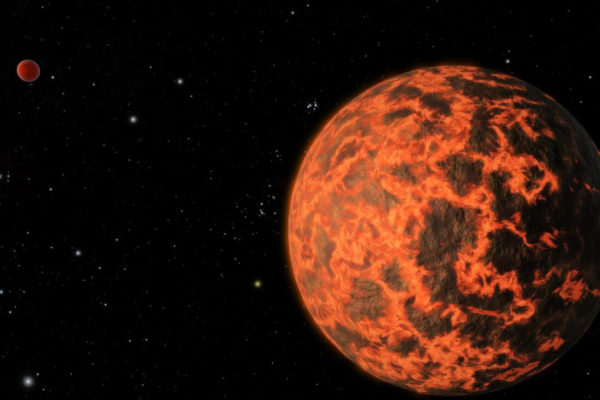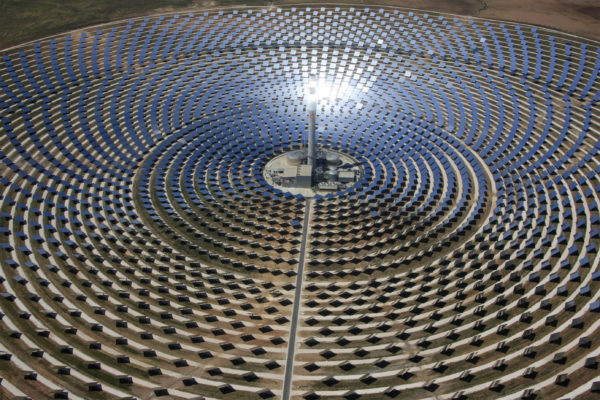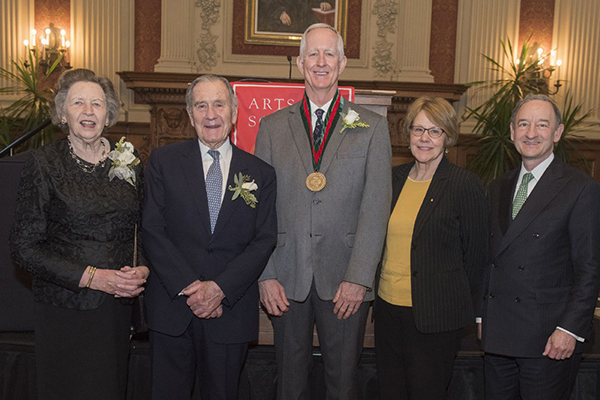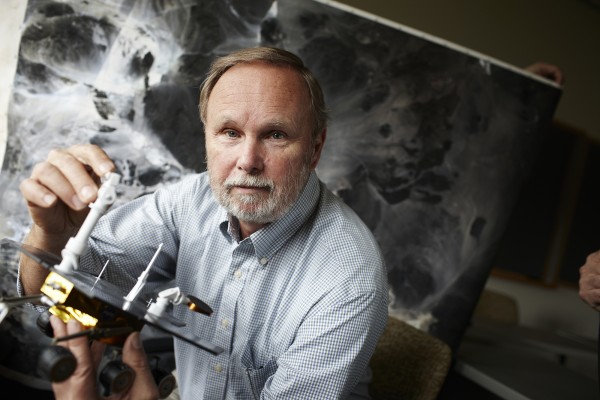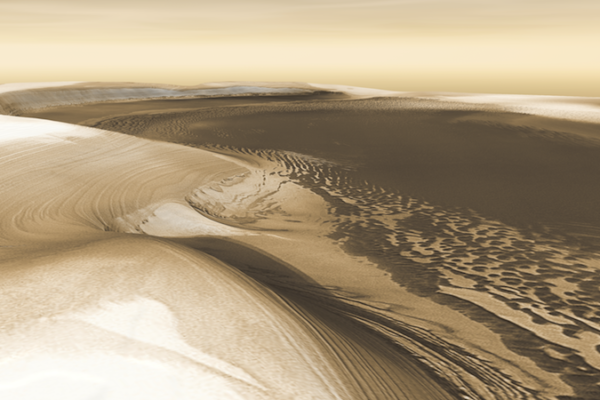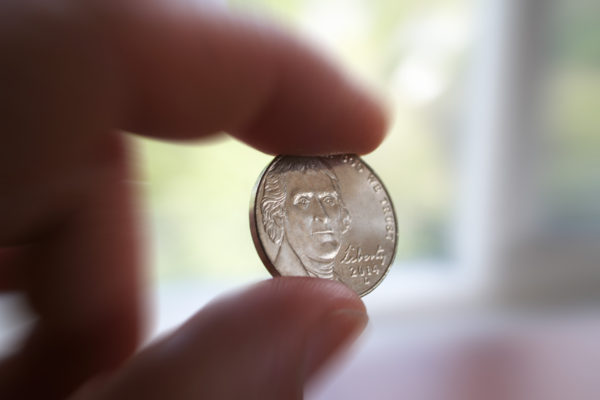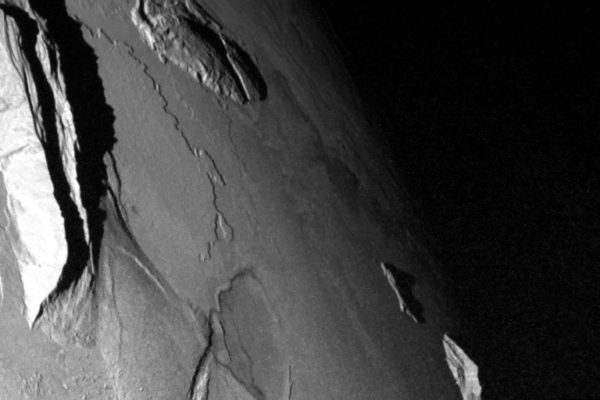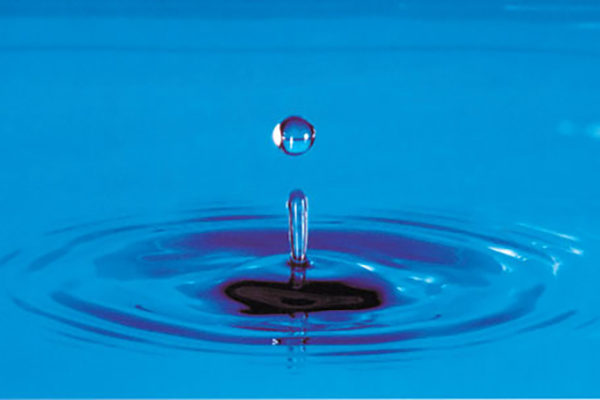Hot stuff
Numerical models show hot, rocky exoplanets can change their chemistry by vaporizing rock-forming elements in steam atmospheres that are then partially lost to space.
Controlling light: New protection for photosynthetic organisms
Scientists at Washington University in St. Louis have discovered a previously unknown strategy photosynthetic organisms use to protect themselves from the dangers of excessive light, providing further insight into photosynthesis and opening up new avenues for engineering this process, which underlies the global food chain.
Vierstra installed as the George and Charmaine Mallinckrodt Professor
Richard D. Vierstra was installed as the inaugural George and Charmaine Mallinckrodt Professorship at a ceremony held March 7 in Holmes Lounge. The professorship resides in Arts & Sciences and is designated for the field of plant biology, an area of great strength, and even greater potential, at Washington University.
Raymond E. Arvidson receives the 2016 Lester W. Strock Award
Raymond Arvidson, James S. McDonnell Distinguished University Professor at Washington University in St. Louis, has been awarded the prestigious Lester W. Strock Award for his work in the field of earth and planetary sciences.
Wandering ice on Mars
Glaciations on Mars are different from those on Earth. During a Martian glacial period, water vapor that would otherwise travel to the north polar cap instead snows out at lower latitudes, where ice then accumulates. Radargrams of the north polar region of Mars record the most recent mid-latitude Martian glacial period and the regrowth of the polar ice since then.
Five-cent chemistry
The research team of Liviu Mirica, associate professor of chemistry in Arts & Sciences, has developed novel methods for generating the buildings blocks of important compounds with the common metal nickel. The work expands scientists’ toolbox for nickel-based chemistry, and contributes to the movement of “green chemistry” toward a 21st century of sustainable synthesis.
Pluto: A cosmic lava lamp
Using computer models, New Horizons team members have been able to determine the depth of the layer of solid nitrogen ice within Pluto’s distinctive “heart” feature — a large plain informally known as Sputnik Planum — and how fast that ice is flowing. “For the first time, we can really determine what these strange welts of the icy surface of Pluto really are,” said William B. McKinnon, who led the study.
Squeezing out mountains, mathematically, on Jupiter’s moon Io
The odd-looking mountains on Jupiter’s innermost moon, Io, are made by a tectonic process unique to Io (and maybe the early Earth), suggests a numerical experiment by two scientists, including Washington University’s Bill McKinnon.
Cause and effect, or effect and cause?
A lab at Washington University in St. Louis is one of the first in the world to look at spontaneous emission with an instrument sensitive to the wave rather than the particle nature of light. Because the light is entangled with the atom that emitted it, this kind of detection may provide a way to control the quantum state of the atom.
Undergraduate mathematicians test their mettle
Each academic year, students from Washington University distinguish themselves at two annual mathematics competitions: The North American Putnam Competition, in which this year the team finished eighth; and the Missouri Collegiate Mathematics Competition, in which the team tied for first with a perfect score.
View More Stories
